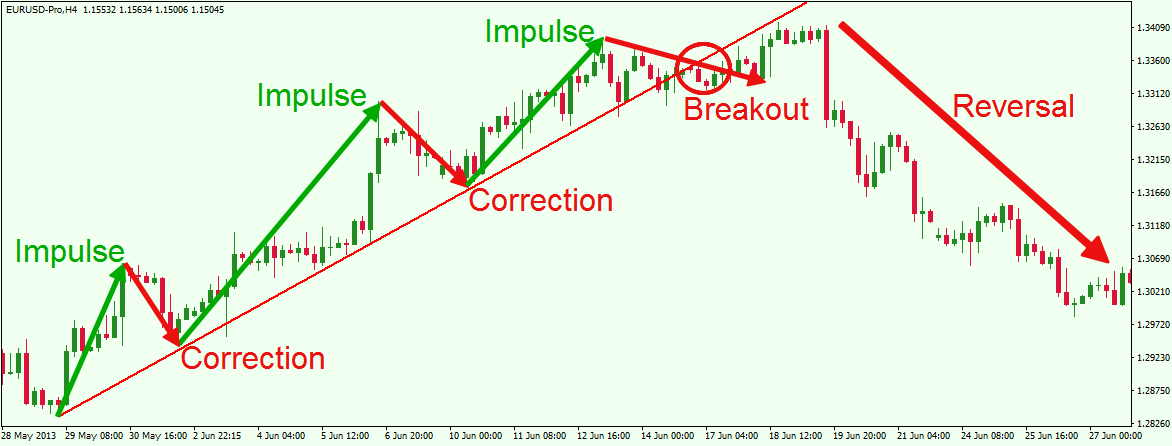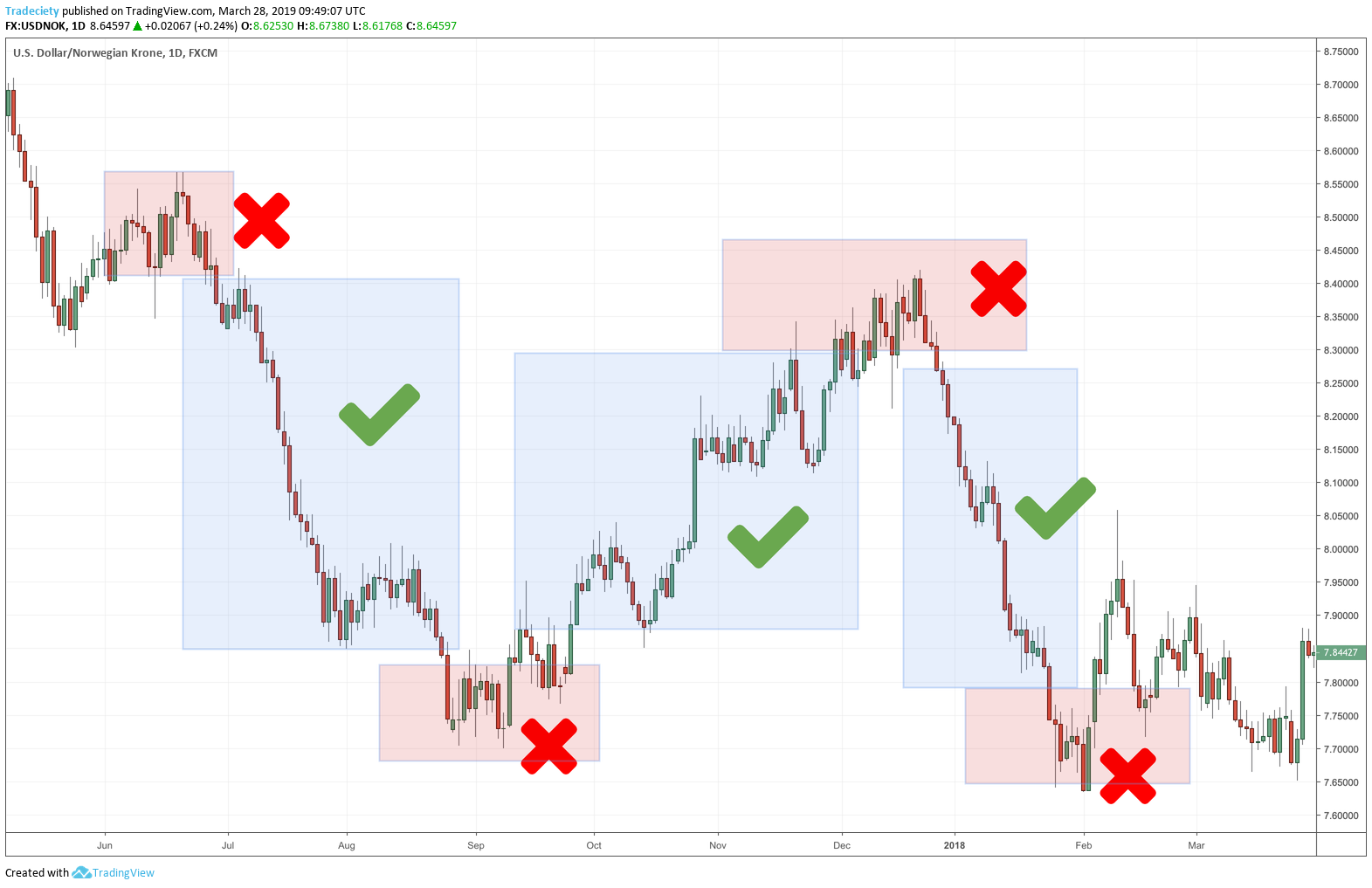Introduction
Navigating the intricate labyrinth of the forex market demands a keen eye for discerning the subtle shifts that whisper the dawn of new trends. Understanding how to identify these nascent trends empowers traders to ride the cresting waves of market momentum and seize profitable opportunities with precision.

Image: forextraininggroup.com
The forex market, a vast and ever-pulsating behemoth, witnesses the ceaseless ebb and flow of currencies, their values dancing to the rhythm of economic fundamentals, political events, and market sentiment. Discerning the direction of these currency movements is akin to deciphering a complex symphony, requiring a harmonious blend of technical analysis, fundamental understanding, and an intuitive feel for the market’s pulse.
Identifying the Trend’s Genesis: A Journey of Technical Precision
Technical analysis, the art of deciphering market patterns and price action, stands as a formidable tool in the forex trader’s arsenal. By harnessing the power of charts and indicators, traders seek to uncover the hidden hand of trend formation.
Candlestick patterns, etched onto the canvas of price charts, provide valuable insights into market psychology and potential trend reversals. When a cluster of bullish candlesticks, such as hammers and engulfing patterns, emerge at the base of a downtrend, they hint at a possible trend reversal and the birth of an uptrend. Conversely, the appearance of bearish candlestick patterns, like hanging men and shooting stars, at the zenith of an uptrend, signals a potential trend reversal and the onset of a downtrend.
Moving averages, like steadfast sentinels, smoothen out the erratic gyrations of market prices, revealing the underlying trend direction. When a shorter-term moving average, such as the 50-day moving average, crosses above a longer-term moving average, like the 200-day moving average, a bullish trend is often in gestation. Alternatively, when the shorter-term moving average falls below the longer-term moving average, a bearish trend may be brewing.
Relative Strength Index (RSI), an indicator that gauges the strength and momentum of a trend, provides further clues to the trend’s genesis. An RSI reading above 70 suggests an overbought market condition, potentially foreshadowing a trend reversal to the downside. Conversely, an RSI reading below 30 indicates an oversold market condition, hinting at the possibility of a trend reversal to the upside.
Delving into Fundamentals: Interpreting the Economic Landscape
Beyond the technical realm, the forex market is intricately intertwined with the tapestry of global economic fundamentals. Understanding the interconnectedness of economic events, political developments, and market sentiment is essential for discerning the genesis of forex trends.
Positive economic data, such as robust GDP growth, a low unemployment rate, or rising consumer spending, can boost a country’s currency value, paving the way for an uptrend. Conversely, negative economic data, like contracting GDP, high unemployment, or falling consumer confidence, can erode a currency’s value, potentially leading to a downtrend.
Political events, like elections, changes in government policies, or international conflicts, can also have a profound impact on forex trends. For instance, geopolitical tensions or trade disputes can lead to currency fluctuations, creating opportunities for savvy traders.
Market sentiment, the collective mood of market participants, plays a significant role in shaping forex trends. When traders are bullish on a particular currency, they tend to buy it, pushing its value higher. Conversely, when traders are bearish on a currency, they tend to sell it, driving its value lower.
By keeping a watchful eye on these economic, political, and market sentiment indicators, traders gain a deeper understanding of the forces driving forex trends, empowering them to identify potential trend reversals and position themselves accordingly.

Image: tradeciety.com
How To Know Beginning Of Forex Market Trend
Conclusion
Discerning the inception of forex market trends is a blend of art and science, requiring a keen eye for technical patterns, an understanding of economic fundamentals, and an intuitive grasp of market sentiment. By harmonizing these elements, traders can navigate the complexities of the forex market with greater confidence, seizing opportunities and managing risks with precision.






